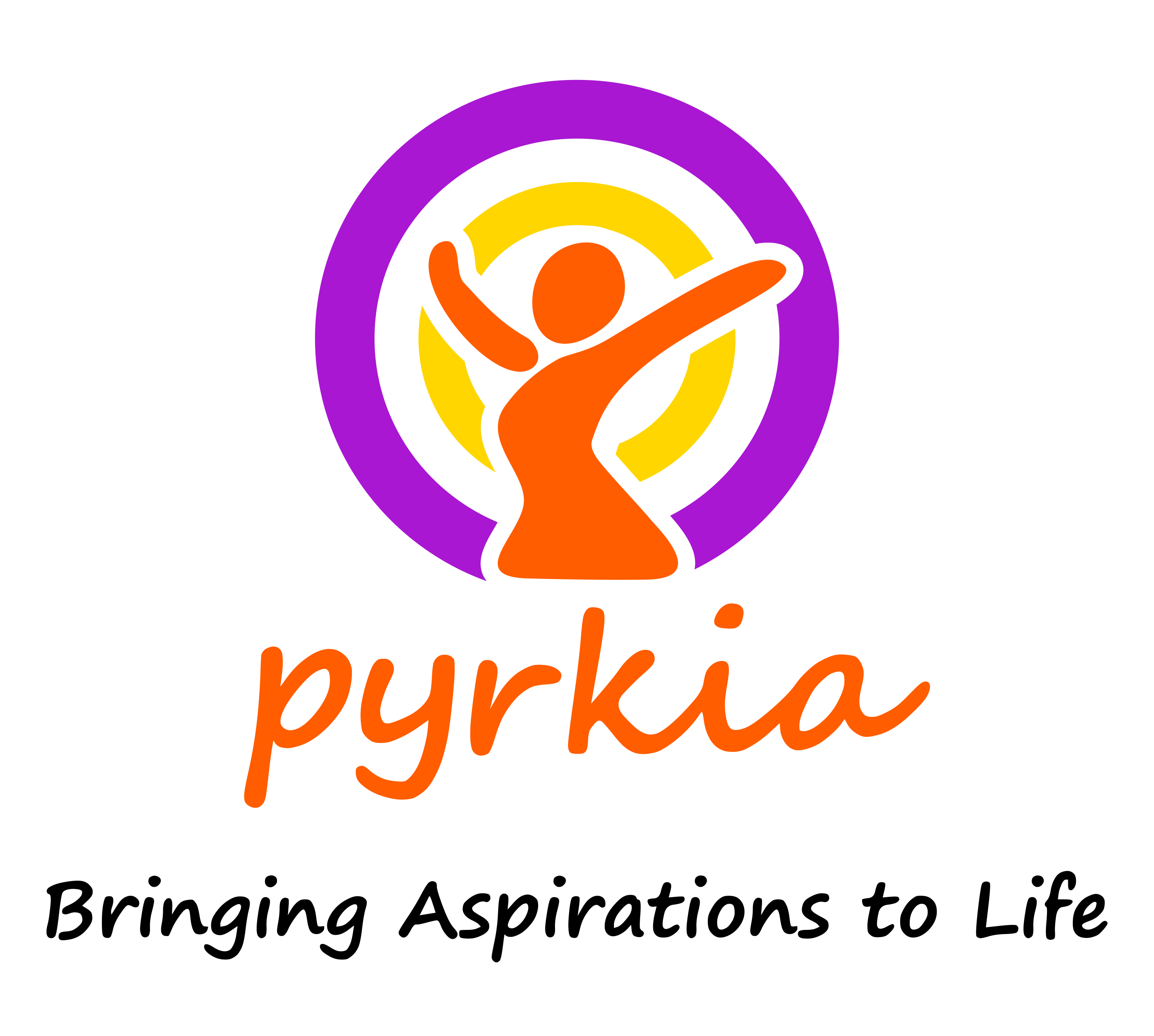Creating Rituals to Enhance Your Relationships
2.14.2024 – Ash Wednesday meets Valentine’s Day
This double day of symbolism where Ash Wednesday meets Valentine’s Day seems like the perfect time to discuss rituals and how they can enhance your life.
All the major religions have numerous rituals that the faithful practice in order to deepen their experience. In the Christian faith, Ash Wednesday kicks off the season on Lent which is a period of reflection and repentance. Many Christians partake in the ritual of having ashes applied to their forehead in the symbol of a cross while the words “Remember that you are dust, and to dust you shall return” are recited. The concept of our mortality becomes more deeply etched in our minds through the use of the symbol of the cross, the action of presenting yourself for ashes, the sensory experience of feeling the ashes and the symbol of the cross pressed on your forehead, and the community of experiencing this with others.
While I’m sure you could name dozens of other rituals that occur in religion and in some other formal organizations, how much thought have you given to the rituals in your everyday life? In Occupational Therapy, rituals at the individual (person) level are defined as “Symbolic actions with spiritual, cultural, or social meaning contributing to the client’s identity and reinforcing values and beliefs.” (Fiese , 2007; Fiese et al., 2002; Segal, 2004). In other words, rituals are actions that are:
- meaningful
- symbolic
- and reinforce values and beliefs
Something is simple as making a cup of tea for your loved one in the morning to show that you care can be a ritual. If you take a few minutes to reflect on where rituals show up in your life, you may be surprised at how many you actually have. Once you are aware of your current rituals, you can use them to deepen areas of your life that you want to reinforce or better align with your values and priorities. To deepen the effect of your rituals, try the following:
- Clarify in your mind the meaning and the symbolism behind your ritual
- Increase the frequency- the more often you do it the more etched it becomes in your mind
- Communicate with others about your ritual – why you do it, what it means
- Add to the sensory experience. Experiment with adding sight, sound, smell, taste, touch, and movement to the ritual. The important piece is that the sensations add to the experience. Forgo anything that you find distracting or aversive.
- Add community to your ritual by inviting others to join you
Of course, you may also find that you have some rituals that are reinforcing values or beliefs that you no longer feel aligned with. Today may be a good day to weed out your outdated rituals to make room for new ones.
Since the quality of the relationships we have in our life is one of the most important predictors of health, happiness, and overall quality of life it is vital that we intentionally spend time every day growing love in our lives.
So for Valentine’s Day, it might be fun to make a game out of identifying and building on your love rituals. Do you have a particular way that you greet your Valentine in the morning or at the end of the day that has some symbolism behind it? Or maybe an inside joke that holds deeper meaning? Can you get more creative, playful, and enthusiastic in order to take your rituals to a new level? And don’t forget to let your loved ones know about your rituals. That cup of hot cocoa gets a lot sweeter when is delivered with the message “I made this for you because I love you.”
Fiese, B.H. (2007). Routines and Rituals: Opportunities for participaton in family health. OTJR: Occupation, Participation, and Health. 27(Suppl.1), 41S-49S. https://doi.org/10.1177/15394492070270S106
Fiese, B.H., Tomcho, T.J., Douglas, M., Josephs, K., Poltrock, S., & Baker, T. (2002). A review of 50 years of research on naturally occuring family routines and rituals: Cause for celebration. Journal of Family Psychology, 16, 381-390. https://doi.org/10.1037/0893-3200.16.4.281
Segal, R. (2004) Family routines and rituals: A context for occupational therapy interventions. American Journal of Occupational Therapy, 58, 499-508. https://doi.org/10.5014/ajot.58.5.499

